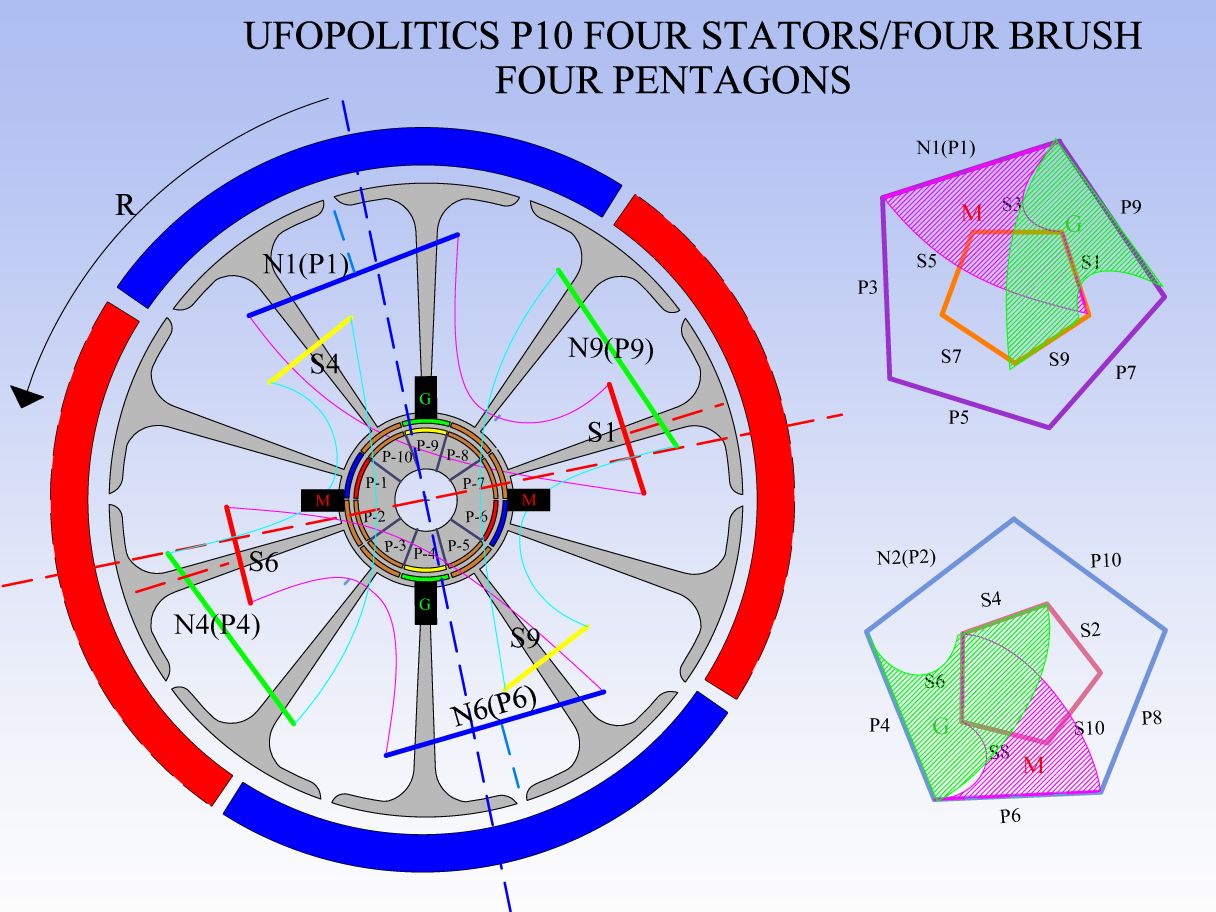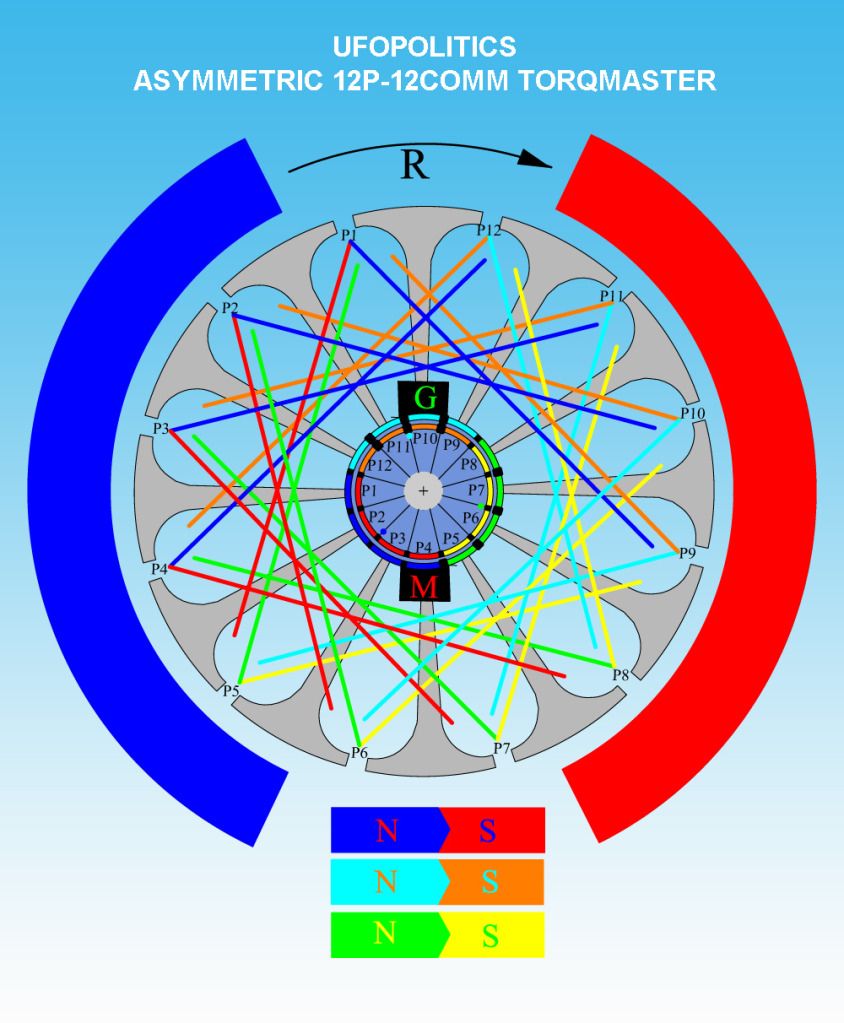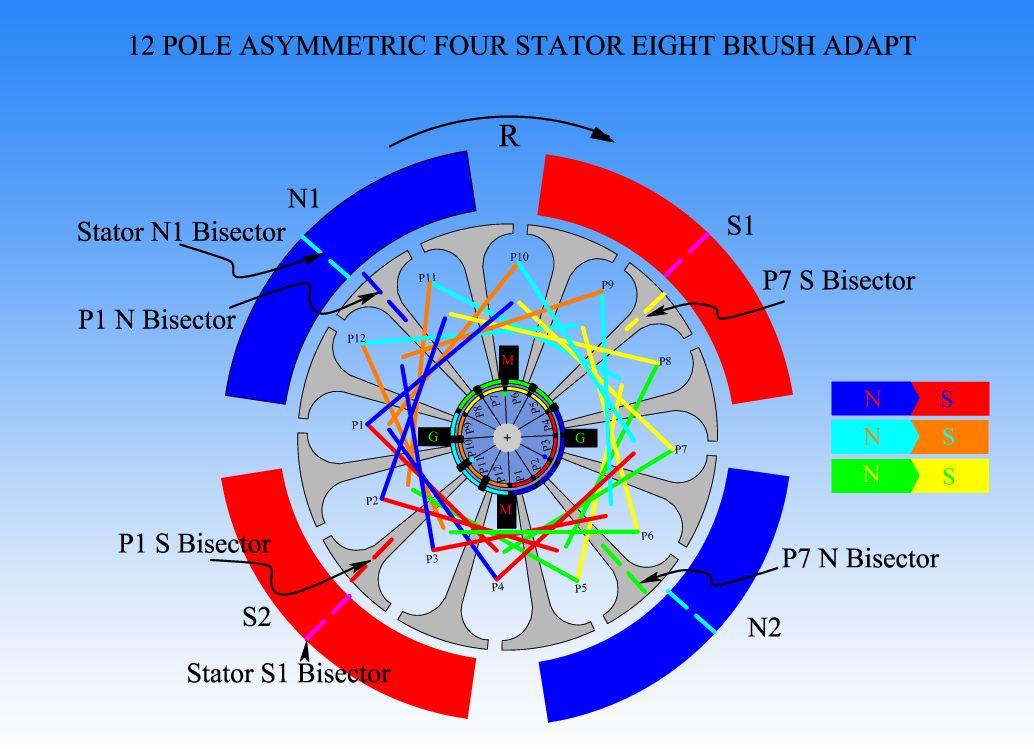Originally posted by machinealive
View Post
@ALL:
Your circuit needs to experience some kind of wear-in in order to find faulty conditions - but nobody does it.
I still strongly recommend:
- test with H4 bulb (OK you did it )
- test with motor but connect H4 bulbs in series to motor. Light signals show if all motor windings are ok.
- check with scope for overvoltage / back EMF (start with short pulses)
- take bulbs out and check with scope again like above - starting with short pulses
JS


 and do no harm) The system might rotate for short time too fast or too slow but after a time it will adjust itself precisely to the rpm requested (omitting road holes). And then we can take our measurements.
and do no harm) The system might rotate for short time too fast or too slow but after a time it will adjust itself precisely to the rpm requested (omitting road holes). And then we can take our measurements.
 took me 2 months to get here and I am a little stuck...
took me 2 months to get here and I am a little stuck...  [/IMG]
[/IMG]

Comment